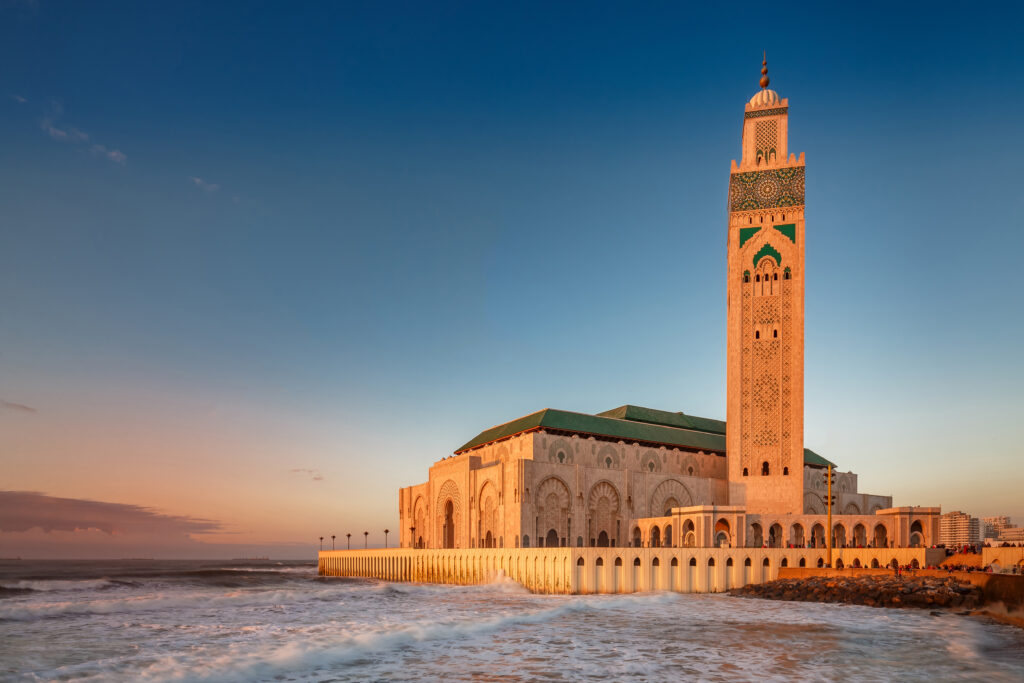
Nicknamed "Casa" and caressed by the waves of the Atlantic, Casablanca is a city of contrasts. This city of a thousand faces, one of the most attractive metropolises in the Mediterranean basin and the country's economic capital, is a must-see in Morocco. It stands out from typical cities such as Fez, a perfect destination for a romantic trip, or Marrakech, with its picturesque souks and medinas. Casablanca, on the other hand, embodies the modern, dynamic and lively Morocco of everyday life. When you set down your suitcases in Casa, you'll discover, more than anywhere else, the social diversity, varied lifestyles, tastes and trends that make up today's Morocco, from which we've selected the 15 most beautiful places to see and visit. Here's a closer look at the must-sees in Morocco's business capital, an ideal destination for an easy-to-plan last-minute trip.
1. Hassan II Mosque
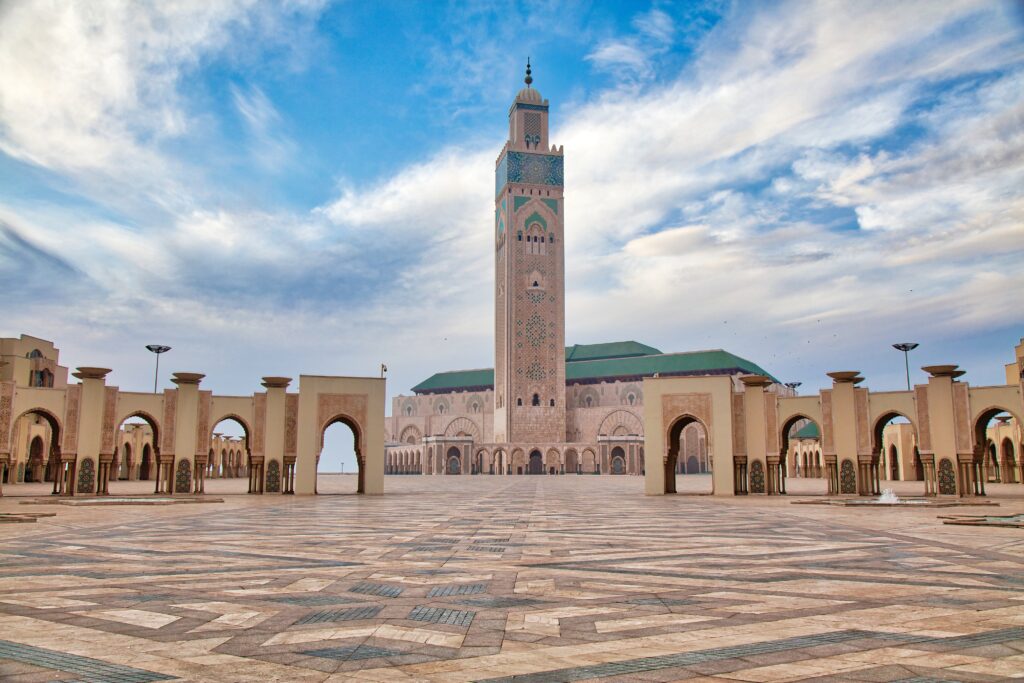
The sight of this imposing edifice emerging in the hazy coastal atmosphere, when the light reaches its peak, is truly impressive. Characteristic of Moroccan style, the Hassan II Mosque is the result of the work of 12,500 craftsmen. Inaugurated on August 30, 1993 by King Hassan II, this majestic masterpiece boasts a prayer hall seating... 25,000 seats! The minaret rises majestically to a height of 200 metres, projecting a beam of light towards Mecca as soon as night falls. Ranked as the third-largest mosque in the world, after Mecca and Medina, this mosque also stands out for its technological innovations, such as an opening roof, a floor heated by contact with worshippers and stainless steel doors overlooking the sea. A guided tour of the Hassan II Mosque is a must: go here to book your private tour of the Hassan II Mosque and the Sacré-Coeur Cathedral!
2. The old medina
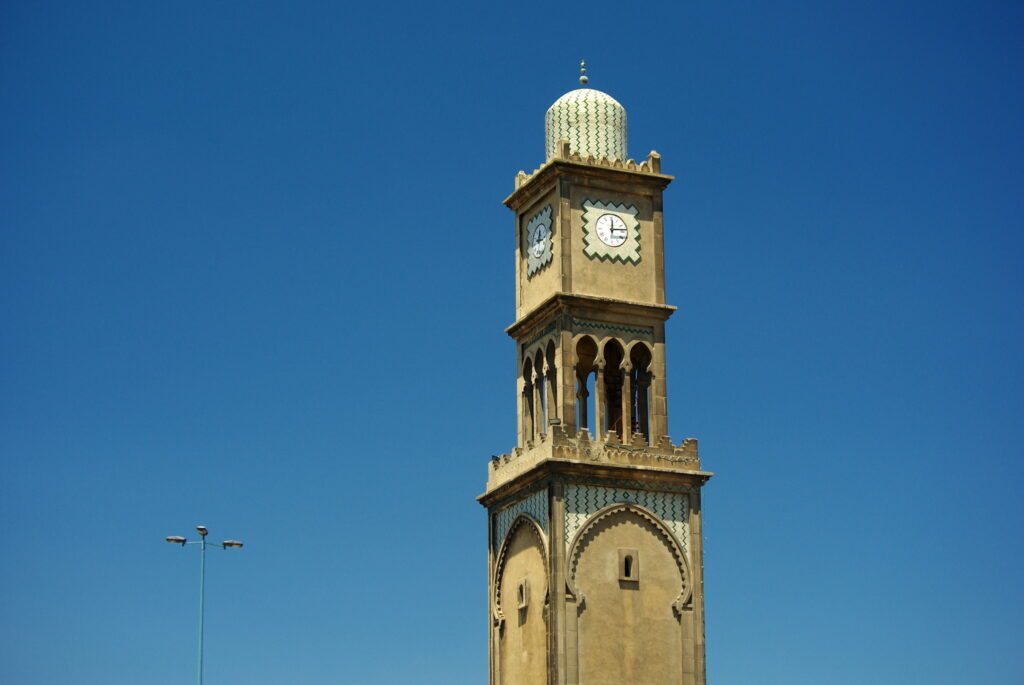
Opposite the port stands the old medina, the authentic cradle of the city of Casablanca. Built in the 19th century, this medina is home to white Hispanic-style cube-shaped houses, clearly distinguishing it from the medinas of other Moroccan imperial cities, built in Arab-Muslim style. To enter the medina, follow the boulevard des Almohades, dominated on the left by the Sqala, an 18th-century fortified bastion with cannons pointing out to sea, and Bab el-Mersa. On the left, a charming square emerges, dominated by the tomb of Sidi Allal al-Kaïraouani, considered the city's first saint. Nearby is Casablanca's oldest mosque, Jamâa al-Atiq, built by Sultan Sidi Mohammed ben Abdallah in 1200 AH. Descending to the heart of the old medina, we walk along what was, at the turn of the century, Casablanca's city center. The tour of the medina ends at the Bab el-Kebir gate, opening onto the Place des Nations Unies, designed by French architect Henri Prost. A walk not to be missed!
Discover the wonders of Casablanca by visiting the city's highlights ona guided tour bookable here .
3. The Habous district
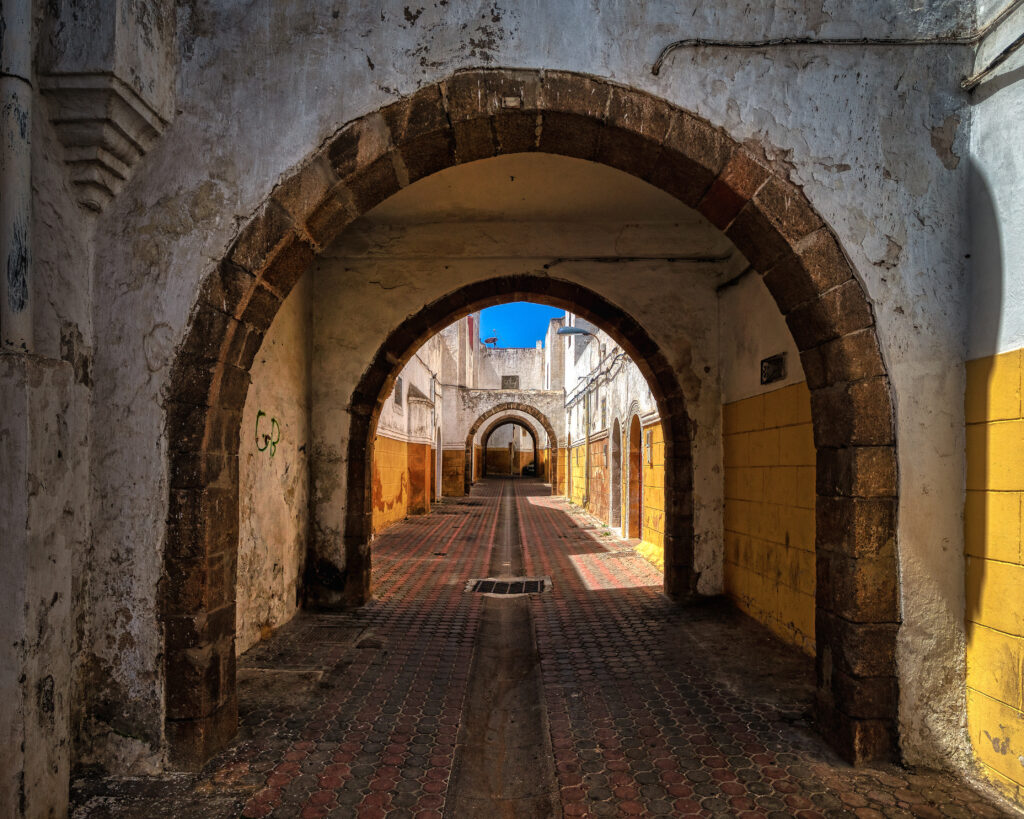
In the 1920s, Edmond Brion and August Cadet were commissioned to build one of the most unique districts in the "White City". This new medina was designed to accommodate Moroccan peasants who had come to the city to work on the construction sites. The "cité des habous" was distinguished by its ability to reconcile traditional architecture with European comfort. Near the royal palace, an imperial alley lined with arcades shelters a succession of bookshops. On the right is an imposing building with green-tiled domes, the court or Mahakma of the Pasha. Opposite, the large Mohammed V mosque and its small flower-filled garden catch the eye. To the left, the Kissaria de l'Artisanat is home to cloth and leather merchants, followed by the Souk aux Cuivres, where craftsmen delicately work copper and silver. At the main exit of the Habous district, sweet lovers won't want to miss a detour to the Bennis patisserie, reputed to be one of the best in Morocco, before sampling these delicacies over a cup of tea.
4. Notre-Dame-de-Lourdes church
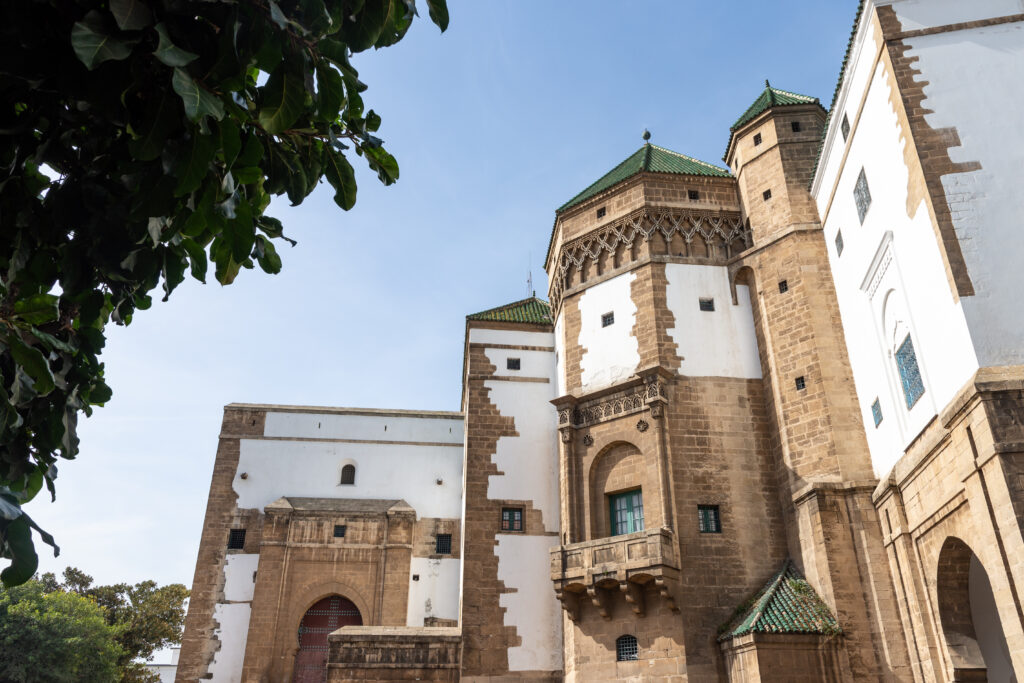
The imposing Notre-Dame-de-Lourdes church, located near the Habous district, was built in 1953, three years before Moroccan independence. In the 1950s, the city's population included some 450,000 Christian foreigners. Today, the majority of the faithful are African students who have come to study in Morocco. Inside the vast concrete nave, the superb stained-glass windows were designed by Chartres master stained-glass artist Gabriel Loire. The series begins with a scene from the Apocalypse of St. John, then explores themes linked to the cult of the Immaculate Conception. Its originality lies in the combination of biblical scenes and historical episodes, such as a thesis by a Franciscan at the Sorbonne on the Virgin Mary, or the victory of the naval battle of Lepanto, dedicated to the Virgin. This set of stained glass windows is well worth a look for its vivid colors and original iconography.
5. The Corniche promenade
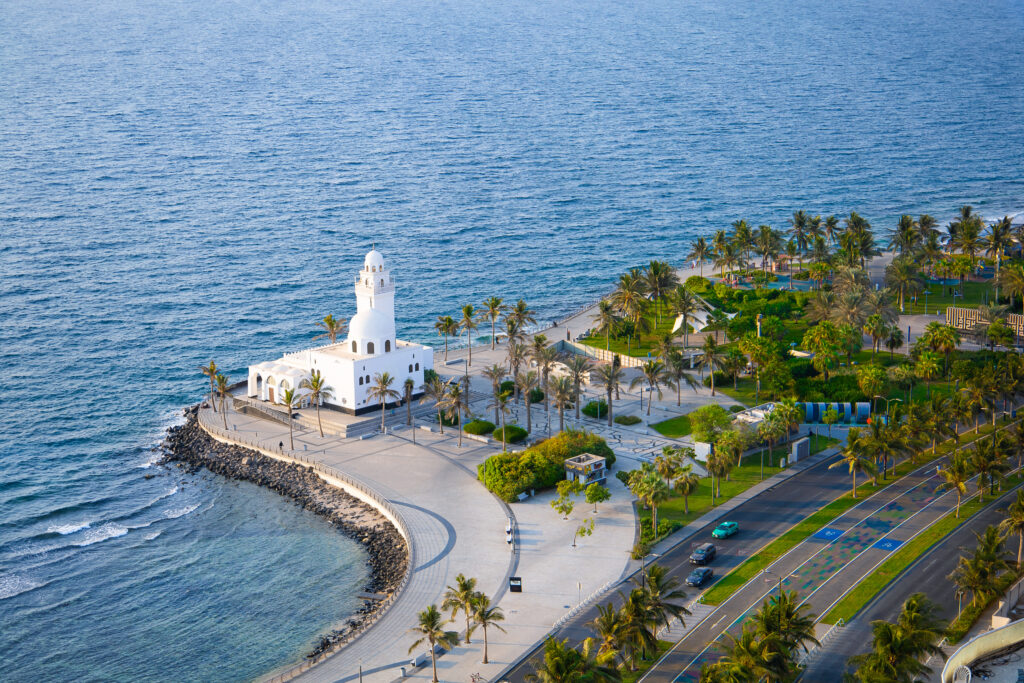
Renovated in 2009, this seafront promenade offers a pleasant stroll. Joggers get their exercise here early in the morning, leaving the way clear for families who come here every weekend to breathe in the sea air. At sunset, Casa's young people flock to enjoy the local bars and discos. There are also beach clubs where, for an entrance fee, you can access seawater pools with straw huts and wide deckchairs for relaxing sessions. At the western end of the Corniche, you'll find a succession of sandy beaches. The atmosphere is popular and lively. In short, a very pleasant spot in the city!
6. The Central Market
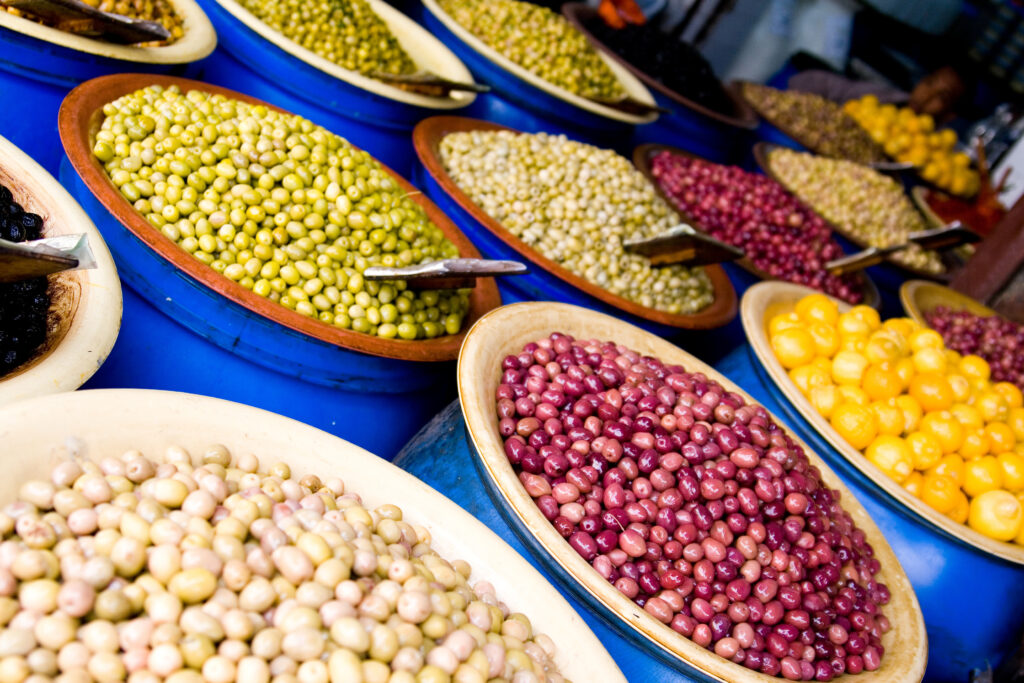
Pierre Bousquet, an architect commissioned during the protectorate, designed a number of emblematic buildings, including the Marché Central, the Institut Pasteur, the Bourse and the Lycée Lyautey. The clock-topped arch of the Marché Central is one of his most notable achievements. Here you'll find magnificent fruit stalls, vendors selling "miel du bled" and spices, and an assortment of handicrafts. It's also a great place to enjoy grilled fresh fish for lunch.
Discover a fish lover's paradise on this this guided tour of Casablanca's central market.
7. Boulevard Mohammed-V

Boulevard Mohammed-V is one of the main axes of the new city's development plan, drawn up by urban planner Henri Prost. As part of the Franco-Moroccan exhibition initiated by Marshal Lyautey, the Chamber of Commerce, the Moroccan Post Office and the Central Market were built along this boulevard between 1915 and 1920. These buildings feature a series of emblematic facades in a highly ornamental architectural style typical of the early years of the protectorate. They feature facades decorated with fruit, cherubs and flowers, embellished with stucco friezes and zelliges.
8. The Villa des Arts
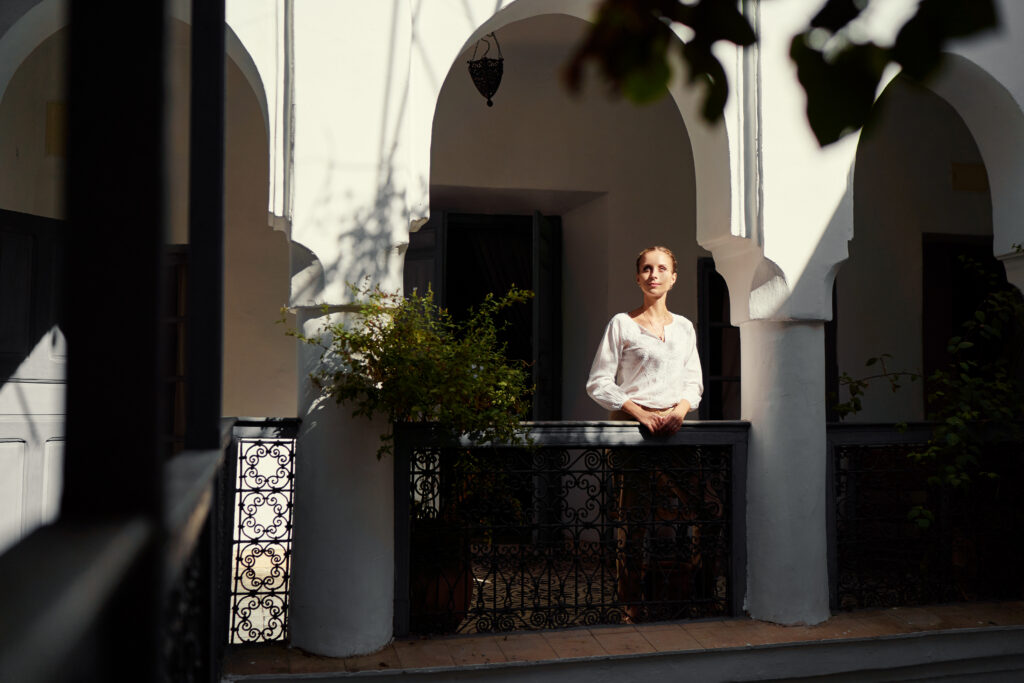
La Villa des Arts is a magnificent Art Deco villa that was built in 1934 and is well worth a visit! It's a must-see for all arts and culture enthusiasts, offering superb exhibitions by contemporary artists and top-notch cultural events. All in a sumptuous architectural setting! The perfectly manicured garden adds further charm to the setting. Home to the ONA Foundation, owned by the King of Morocco Mohammed VI, it positions itself as a platform for action, exchange and discovery, and also has a Maison des Arts in Rabat. A cultural outing not to be missed!
9. The Slaoui Foundation Museum
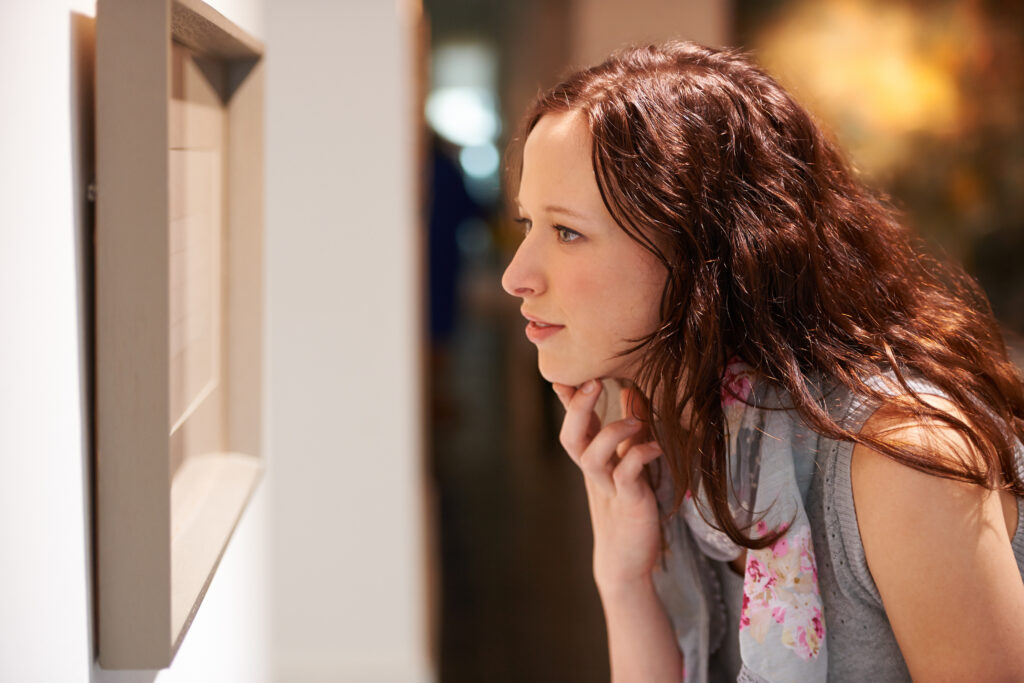
Inaugurated in 2012, this museum houses the superb collection of objets d'art built up by the late Abderrahmane Slaoui, a businessman who passed away in 2001. The diversity of the pieces on display deals with the cultural and historical heritage of Morocco, as well as the Arab-Muslim world more generally. Among the most remarkable rooms is the one dedicated to femininity, as well as the one featuring numerous objects that belonged to the French Orientalist artist and painter Jacques Majorelle. At the end of your visit, don't miss a cup of tea in the café on the museum's top floor. A very pleasant moment indeed!
10. The Museum of Moroccan Judaism
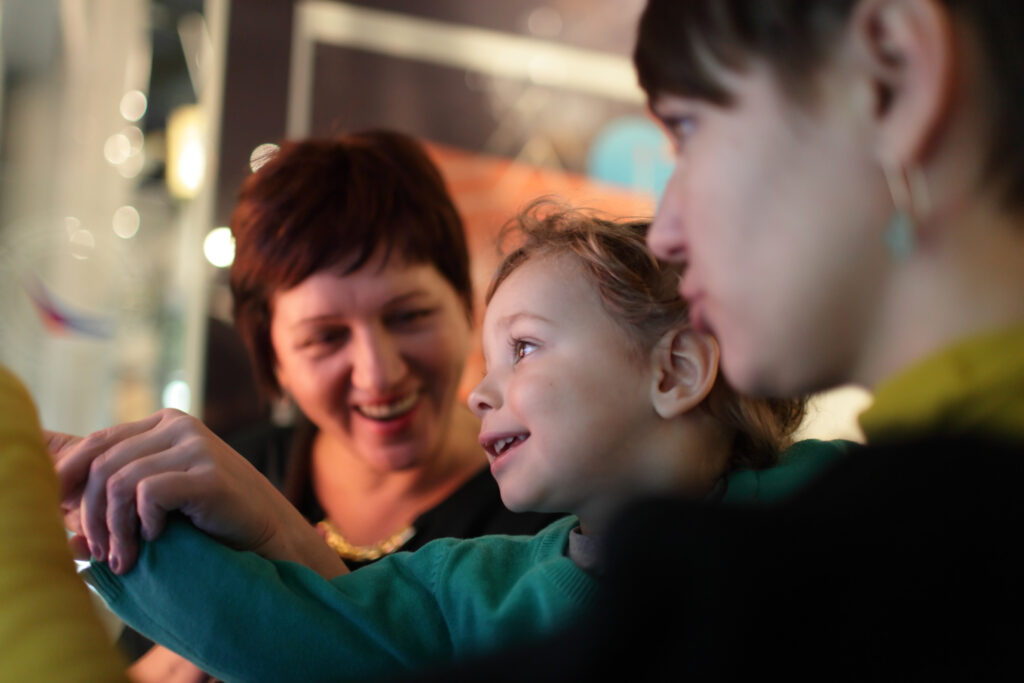
Built in 1948, this elegant villa now houses the Museum of Moroccan Judaism, which served as a Jewish orphanage until the late 1970s. At the time, Morocco was home to the largest Jewish community in the Arab world, with over 70,000 Jewish inhabitants in Casablanca alone. This museum dedicated to Jewish culture is rather unusual in the Arab world. To the sound of birdsong in the surrounding gardens, you'll discover magnificent pieces of Moroccan Jewish craftsmanship, including 19th-century silver bracelets and fibulae, pendants and amulets. A larger section is devoted to sacred art, with meguillah cases, gold-thread-embroidered Thoras and synagogue furniture. All in all, it's a fine museum to discover in very pleasant surroundings.
11. Arab League Park
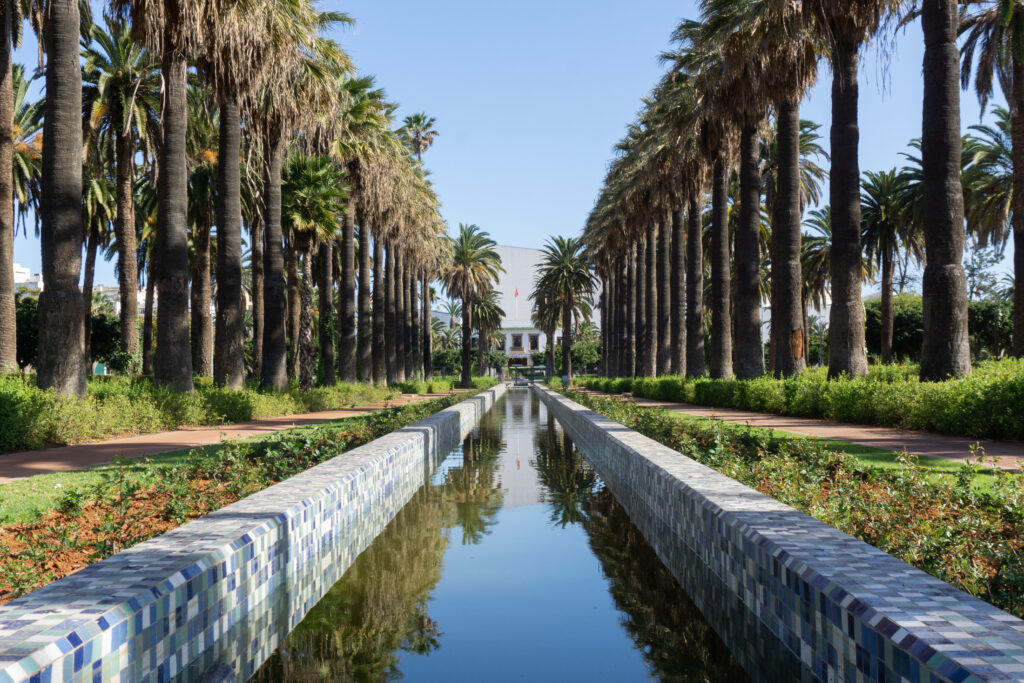
Between boulevard Roudani and rue Hassan-II, Parc de la Ligue Arabe, formerly known as Parc Lyautey, was designed by Nicolas Laprade, who was inspired by the park-city theory of French landscape architect Jean Claude Nicolas Forestier. At that time, exotic plants from Australia, Asia and the Philippines were introduced, including yucas, hibiscus and exotic palm species. The park offers an opportunity to escape Casa's urban hustle and bustle for a while, allowing visitors to soak up the sun and relax. A stroll along the palm-lined avenues is a good opportunity to take a breather!
12. Sacré Coeur Church
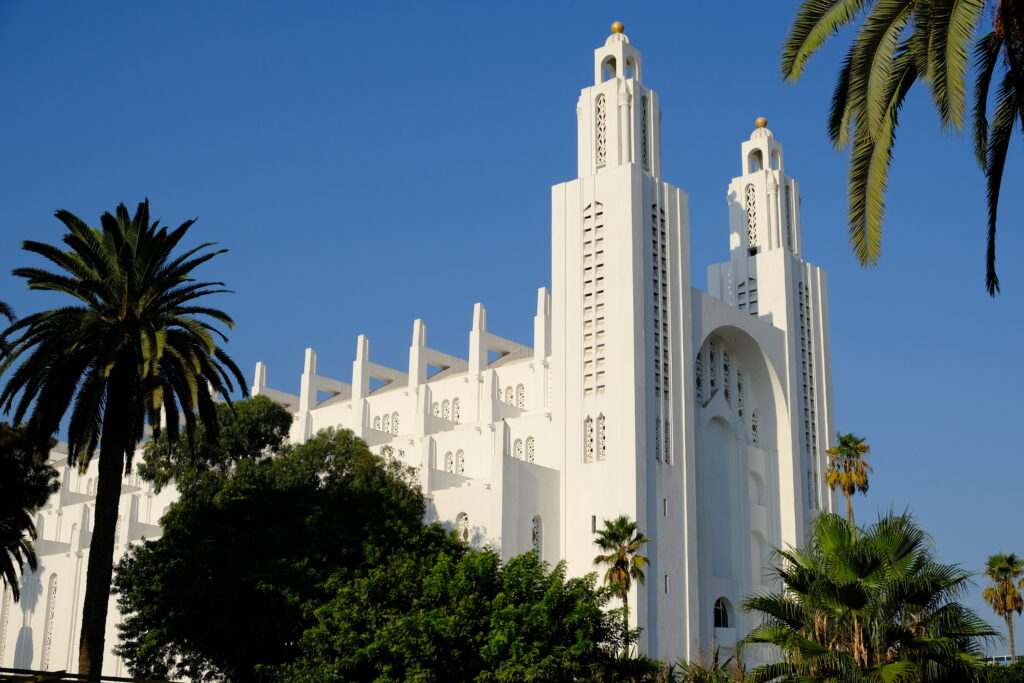
Specializing in the design of religious buildings, architect Paul Tournon built this church between 1930 and 1953. The reinforced concrete structure he adopted is a technique characteristic of the late 19th century, later popularized by Le Corbusier, who made it his material of choice. The bell towers, designed in the spirit of minarets, feature geometric motifs inspired by Arab-Muslim art. Inside, stained glass windows set in reinforced concrete form columns of small coloured squares, diffusing their shimmering glow onto the walls during the day.
13. Time to eat!
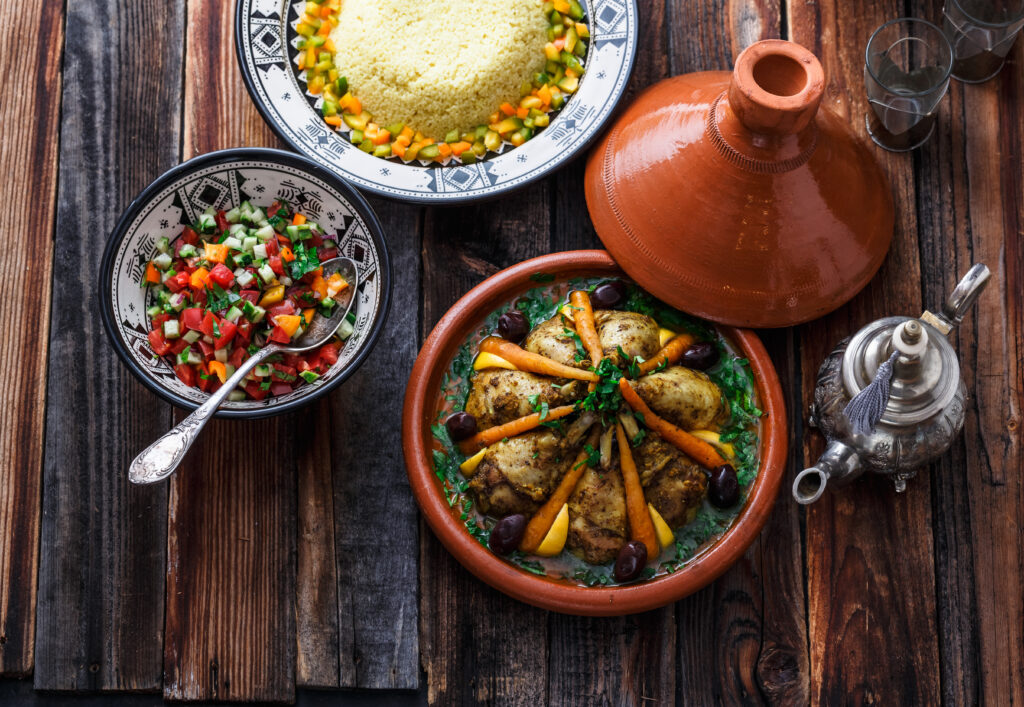
Throughout its rich history, Morocco has taken advantage of its privileged geographical position to enrich its gastronomy with a palette of flavors from the diverse horizons of the Mediterranean basin, making it an ideal destination for a culinary voyage. Moroccan cuisine, influenced by Berber and Arab traditions from the Middle East, as well as by the contributions of Sephardic Jews who fled the Spanish Inquisition in the Middle Ages to settle in North Africa, is rich and, frankly, delicious! Let's face it, Casablanca isn't the place to start a diet, and a Moroccan holiday is a true gastronomic experience. With a wide range of meat, vegetable and fish specialties, generously spiced dishes and succulent honey-based desserts, there's plenty to enjoy before the mint tea bell rings.
What to do in Casablanca with your family
If Marrakech is one of the best destinations to go on vacation with a baby, Casablanca is a perfect spot for a family trip. Visits, such as the Hassan II mosque, are sure to be an eye-opener for young and old alike, and there's plenty to do as a family. From La Corniche to the beach, from the Arab League Park to the Central Market, via the medina, there's no time to get bored! Last but not least, Casablanca is also home to a number of shopping malls, where the whole family can enjoy a shopping spree.
What to do in Casablanca as a couple?
Casablanca can be a great idea for a romantic getaway. Hand-in-hand strolls on the beach or in the parks, lazy afternoons in trendy beach clubs, candlelit dinners in fine restaurants, spa and hammam sessions - the list of activities is long.
What to do in Casablanca in the evening?
In Casablanca, you'll find a host of Moroccan and international restaurants, trendy bars and nightclubs. There's plenty to keep you entertained after a day of sightseeing! In the city center, chic and trendy establishments are legion. But you can also go out at night along the corniche in the Ain Diab district.
Where to stay in Casablanca?
Riads, guest houses, hotels: the choice of establishments is extremely wide. There's something to suit every taste and every budget in this country, where you can spend your vacations on a budget. The most pleasant areas in which to set down your suitcases are the historic center, the old medina, along the beaches in the Ain Diab district and the Anfa district, also close to the Corniche.
- The chicest: HÔTEL & SPA LE DOGE
This Relais & Châteaux address is an architectural gem from the 1930s and one of the city's best addresses! What's more, the table at Le Doge, one of the best in Casablanca, serves excellent local cuisine. Click here to book your stay!
- Family-friendly: l'HOSTEL
Set in a beautiful family villa, with a well-kept garden planted with trees, l'HOSTEL is one of the addresses where you'll want to spend a few days. All at a reasonable price: click here to book your stay!
- The most farniente: HÔTEL CLUB VAL D'ANFA
Situated on the Corniche, 50 meters from the beach, this hotel club offers a large swimming pool, a bar and several restaurants to enjoy Casablanca in all its idleness. Click here to book your stay!


